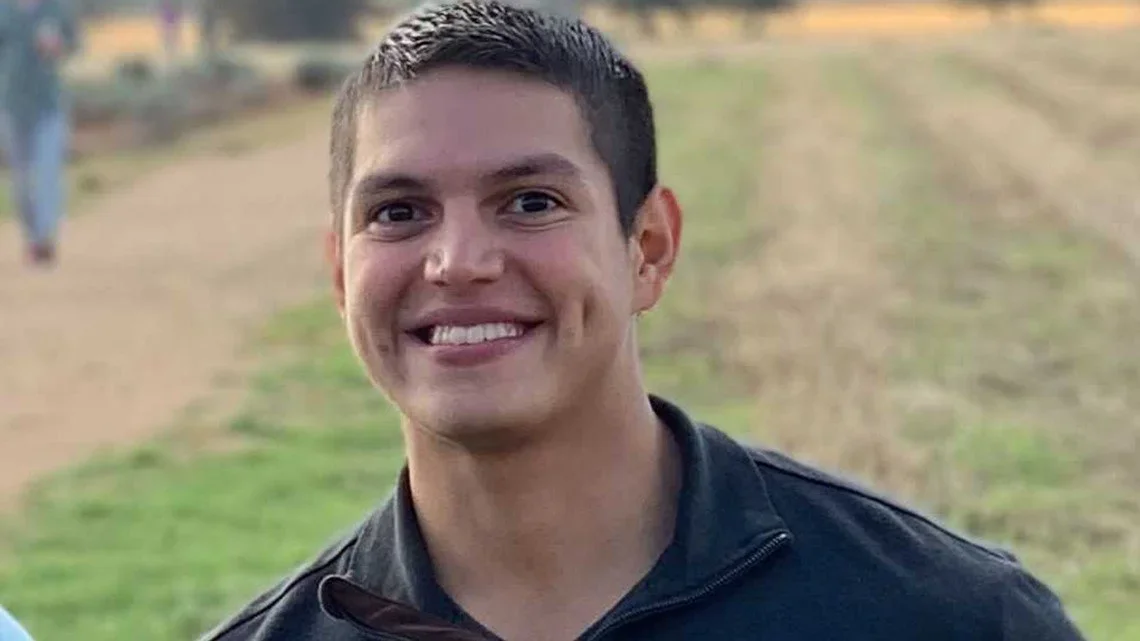Dunkirk: French Potato Salad Recipe 🥁🥁🥁🥁
/Year Released: 2017
Directed by: Christopher Nolan
Starring: Fionn Whitehead, Mark Rylance, Tom Hardy, Cillian Murphy, Kenneth Branagh
(PG-13, 107 minutes)
Genre: Action and Adventure, Drama

“We shall fight on the beaches, we shall fight on the landing grounds, we shall fight in the fields and in the streets, we shall fight in the hills; we shall never surrender.” ― Winston Churchill
This epic war film is unconventional in every way. First of all, it is not a winning battle for the English and their Allies. In fact, it is not a battle at all, but a retreat and evacuation, which nevertheless, has the heroics of the greatest battles of all.
Most Americans think of the World War II from their own perspective; i.e. it began with the bombing of Pearl Harbor on December 7, 1941 and ended with the Japanese unconditional surrender aboard the USS Missouri in Tokyo Bay in 1945. Hence, the largely British action at Dunkirk in late May and early June of 1940 is a bit vague to them, and I am probably being charitable in estimating American ignorance of this pivotal historic event.
Here is a little background:
The Dunkirk evacuation, code-named Operation Dynamo, also known as the Miracle of Dunkirk, was the evacuation of Allied soldiers from the beaches and harbour of Dunkirk, France, between 26 May and 4 June 1940, during World War II.
This occurred because the Germans had pretty much defeated the French and the British Expeditionary Force sent over there to assist them. They had retreated to the small area of Dunkirk, where they were surrounded on three sides with the English Channel their only way out.
Christopher Nolan tells the story of this evacuation from the land, the air, and the sea. In the classic tradition he begins in medias res, in the middle of things.
We are right there with the huddle of British soldiers – boys, really – as the German leaflets rain down upon them. “We have you surrounded,” it tells them. The printed words are followed by lethal action. All run toward the sand-bagged barrier, but only one, Tommy (Fionn Whitehead) makes it there alive. Soon he is on the beach to join the 400,000 others waiting for rescue.
Those numbers slowly dwindling as the infamous German Luftwaffe pick them off “like fish in a barrel,” as one British commander laments.
The rescue boats do not seem to be faring much better, as the audience sees more than one bombarded similarly, bursting into flames and going down swift as death, the lucky ones able to jump off the decks, others burned or drowned below.
Because of this and the shallow seas that kept the large boats at bay, Churchill puts out an order to requisition private boats to assist in the evacuation. We follow one such craft manned by Mr. Dawson (Mark Rylander), who takes the boat out himself rather than giving it up to the young military officers.
“Men my age made this war. Why should we send in our children to fight it?”
In the air we have a trio of Spitfires, hoping to pick off as many as the treacherous Luftwaffe as possible. Eventually, we are down to one, Farrier (Tom Hardy), whom we view mostly fully covered with an oxygen mask as he methodically hunts them down, all the time worrying about remaining fuel with a gauge that doesn’t work.
Perhaps the most compelling of these stories is the one with Mr. Dawson at the helm. The middle-aged man does not have to be there, but he is a model of courage and wisdom, almost like the Greek chorus commenting on the action.
He is the even-tempered father figure, pointing aloft at the British Spitfires that fly past, noting that each one has a Rolls Royce engine. He treats the “shivering soldier,” the sole survivor of a sinking ship, with firm compassion. The soldier thinks he has nabbed a ride home to England, but Mr. Dawson tells him they are going back to Dunkirk.
“There’s no hiding from this, son. We have a job to do.”
Kenneth Branagh as Commander Bolton, also has the quiet courage later dubbed “ the Dunkirk spirit.” He braves the continued air assaults with his men and will be the last to leave the beaches, observing with irony:
Commander Bolton: You can practically see it from here.
Captain Winnant: What?
Commander Bolton: Home.
Critics are raving about the film, comparing it to such other noted war films as Saving Private Ryan. While it is an impressive film, Different Drummer is not quite as enamored with Dunkirk.
First of all, it puts us abruptly in the action with little context, a point aptly illustrated by the section on the beaches titled “The Mole.” After some reading, I learned that this refers to the two jetties on Dunkirk which led out to the deeper waters. There the men waited to board ships and boats that could not navigate the shallow and turbulent seashore. However, several critics have explanations of this title that border on ludicrous.
The survivor, Tommy (Fionn Whitehead), is identified in one of Nolan’s ambiguous titles as “the Mole,” which is easy to remember since he has a big one where his cheek meets his chin. – David Edelstein
Many others, as I did at first, think “mole “ refers to a spy buried within the enemy who betrays secrets. They stretch that definition to a French soldier who grabs a dead Brit’s identity tag as a ticket off the beaches.
Another problem for me is Nolan’s manipulation of time. The pilot’s action occurs over one hour, the small boat rescue over one day, and the waiting on the beaches, one week. Yet, they are interspersed throughout, which is awkward and confusing, especially the drawn out pairing of the Spitfire and the beach evacuation, the one hour flight that keeps interrupting the week long evacuation. This critic even started to believe the Spitfire was a figment of the imagination, a ghost pilot watching from the great, great beyond.
Others were a bit less charitable. In a piece titled “Dunkirk is a Great War Movie Marred by Christopher Nolan’s Usual Tricks,” David Edelstein labels the director’s technique:
“Nolan Time,” that arty temporal scramble that he thinks is more illuminating than it is.
He ends on this scathing note that obliquely hits Nolan’s fans as well:
Although I find most of Nolan’s work to be pulp bloated by pomposity, a good many intelligent people love his films.
Finally, Nolan seems aloof from most of his characters, with the possible exception of Mr. Dawson. He chooses to concentrate on the panorama of action with sketchy portraits of the men themselves. Some do not even have names. Many praise the technique. This critic found his almost scientific detachment wanting.
And now, a bit of trivia to end on a happier note.
Apparently it’s (Michael) Caine’s voice that Hardy’s RAF pilot talks to on his radio near the beginning of the film.
The 84-year-old star has appeared in a number of Nolan’s films from The Dark Knight trilogy and The Prestige to Inception and Interstellar.
Speaking with NJ, Nolan said: “It's shocking to me that a lot of people haven't [noticed him], when he has really one of the most distinctive voices in cinema.
“I wanted very much to squeeze him in here. It's a bit of a nod to his character in Battle of Britain. And also, it's Michael. He has to be in all my films, after all.” George Simpson
And not to forget, this evacuation of some 338,000 troops saved them for another day. Britain would stand alone against the Germans, who seemed unstoppable at that time. The Battle of Britain that followed was a major turning point in the war, but it could not have happened without the men safely evacuated from Dunkirk and the brave civilians who pitched in to save them.
An epic portrait not to be missed.
–Kathy Borich

Trailer
Film-Loving Foodie
For all the Englishmen and some of their French Allies brought safely to England, there was rejoicing. Men ran along the rails transporting them, offering bottles of beer and sandwiches though the open windows as they passed by. The British people, in their wisdom, did not think their boys had disappointed them. They had survived. That was enough.
Let’s welcome them ourselves with a salute to the French shores from where they returned. Here is a delightful French Potato Salad Bathed in Vermouth, Chervil, Chives, and Tarragon.
The recipe is from Different Drummer’s own Appetite for Murder: A Mystery Lover’s Cookbook.
French Pototo Salad
French Potato Salad Bathed in Vermouth, Chervil, Chives and Tarragon.
Ingredients
10 medium potatoes, boiled in their jackets
1 clove garlic
1 cup dry white wine or dry vermouth, heated
1/4 cup beef broth, heated
3 tablespoons tarragon or wine vinegar
1 1/2 teaspoons Dijon-style mustard
1/2 teaspoon salt
1/4 teaspoon pepper
1/2 cup olive oil
2 shallots, mined
3 tablespoons mixed chopped parsley, chervil, chives, and tarragon
Bibb lettuce or heart of romaine
1 to 2 tbsps capers (optional)
Directions
Peel potatoes and slice thin. Put in a bowl well rubbed with cut clove of garlic. Pour in wine and broth and let marinate for 1 hour. Pour off any excess liquid. Meanwhile, beat vinegar into mustard, salt, and pepper. Gradually add oil in slow stream, beating constantly. Add shallots and herbs to potatoes. Pour on dressing, toss gently with 2 wooden forks. Garnish with lettuce and capers.
















